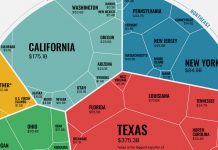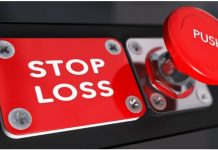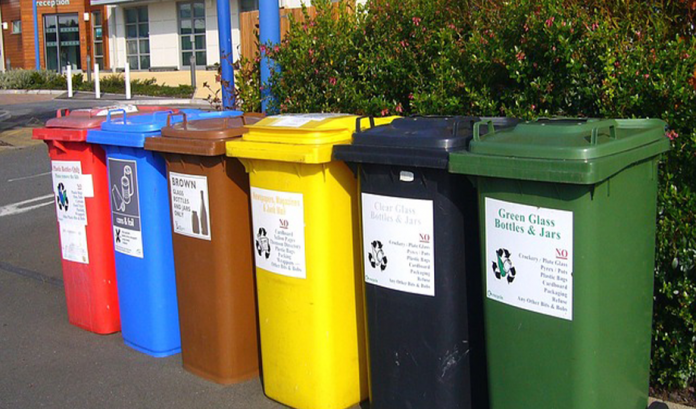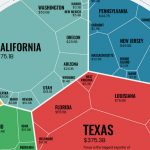Espresso cups, food, writing material, bundling, gadgets, furniture: these squander that business structures routinely produce.
Squander from a place of business activities contributes up to five percent of a business building’s absolute carbon impression, JLL projects show. Be that as it may, in a period when organizations’ manageability rehearses are progressively examined, diminishing waste is turning into a need.
“Advances, for example, savvy meters are helping address energy and water utilization as standard in economical structure endeavors, however, squander is harder to track and gauge thus there has been moderately insignificant exertion via property managers and inhabitants in the past to redirect it from landfill,” says Damien Silvester, a supportability expert at JLL
Ongoing strategies and practices to limit, isolate and reuse squander show that it is turning into the most recent wilderness in the land business’ push to net-zero carbon.
For instance, the Barangaroo region in Sydney is utilizing computerized reasoning, advanced mechanics, and bug hatchlings on location to handle food scraps and compostable bundling from its retailers and places of business. This is on top of an all-around setup framework that isolates squander into 19 unique streams.
In Germany, a review this year zeroed in on breakfast buffet extras in four inns observed that utilizing a food squander global positioning framework prompted a 64 percent decrease in extras and reserve funds of US$9,000 per kitchen each year.
The city of Milan has fostered a technique to send just five percent of its absolute waste to landfills through measures, for example, anaerobically processing food squander for fertilizer and changing over non-recyclable materials from squandering into energy at an expert office.
Taking apart and estimating
Commonly, squander streams for structures are isolated into three gatherings: landfill, food and organics, and reusing. In any case, ongoing endeavors are zeroing in on that waste being isolated further. This incorporates isolating action item espresso cups and espresso cases, electronic waste like lights and printer cartridges, private papers, and attire.
There is a lot to be acquired from these endeavors. For instance, food squander is being transformed into biogas, an option in contrast to sustainable power. Also, plastics once bound for the scrapheap are currently taking on new structures, like oceanside furniture in Greece, public seats in Amsterdam, and surprisingly the 2020 Olympic platform.
In some malls squandering the executives is seriously difficult, with food courts and enormous retail occupants making it hard to redirect trash from landfills. Australia’s Scentre Group and AMP Capital are utilizing brilliant compactors, which track and record where and what squander volumes are being put through from retailers.
Singapore shopping centers Parkway Parade and Jem are managing food squander quickly, before it turns into a weight on space, with composters or high-impact biodigesters to make fertilizer for on-location arranging. They additionally convert food into water for non-consumable utilizations, inside 24 hours.
“With science and innovation advancing in accordance with the strategy, squander the board is as of now not the weight it was viewed as quite a long while back and positively making net-zero more feasible,” Silvester says.
The basic to act
Squander the executives can have a stream on impacts for green structure rating frameworks, like Green Star and Climate Active, as more up-to-date forms of these instruments will fuse squander decrease as an essential for a higher-level rating.
It is incompletely a result of this, alongside the expanding accentuation on organizations’ energy, manageability, and administration obligations that in Australia, the structure maintainability appraisals body NABERS recorded over two times the quantity of waste confirmations in 2020.
“There is an undeniable business basic as building proprietors competition to accomplish green structure accreditation as a state of contrast to draw in and hold occupants,” Silvester says. “The failure to gauge and approve squander the board procedures could be the distinction between five-star and a six-star rating.”
Also, greener land is acquiring energy post-pandemic as proprietors put reestablished center around strong structures and portfolios. Effective waste streams lead to less labor gathering or arranging the waste and fewer container pickups from squandering project workers, says Silvester.


































